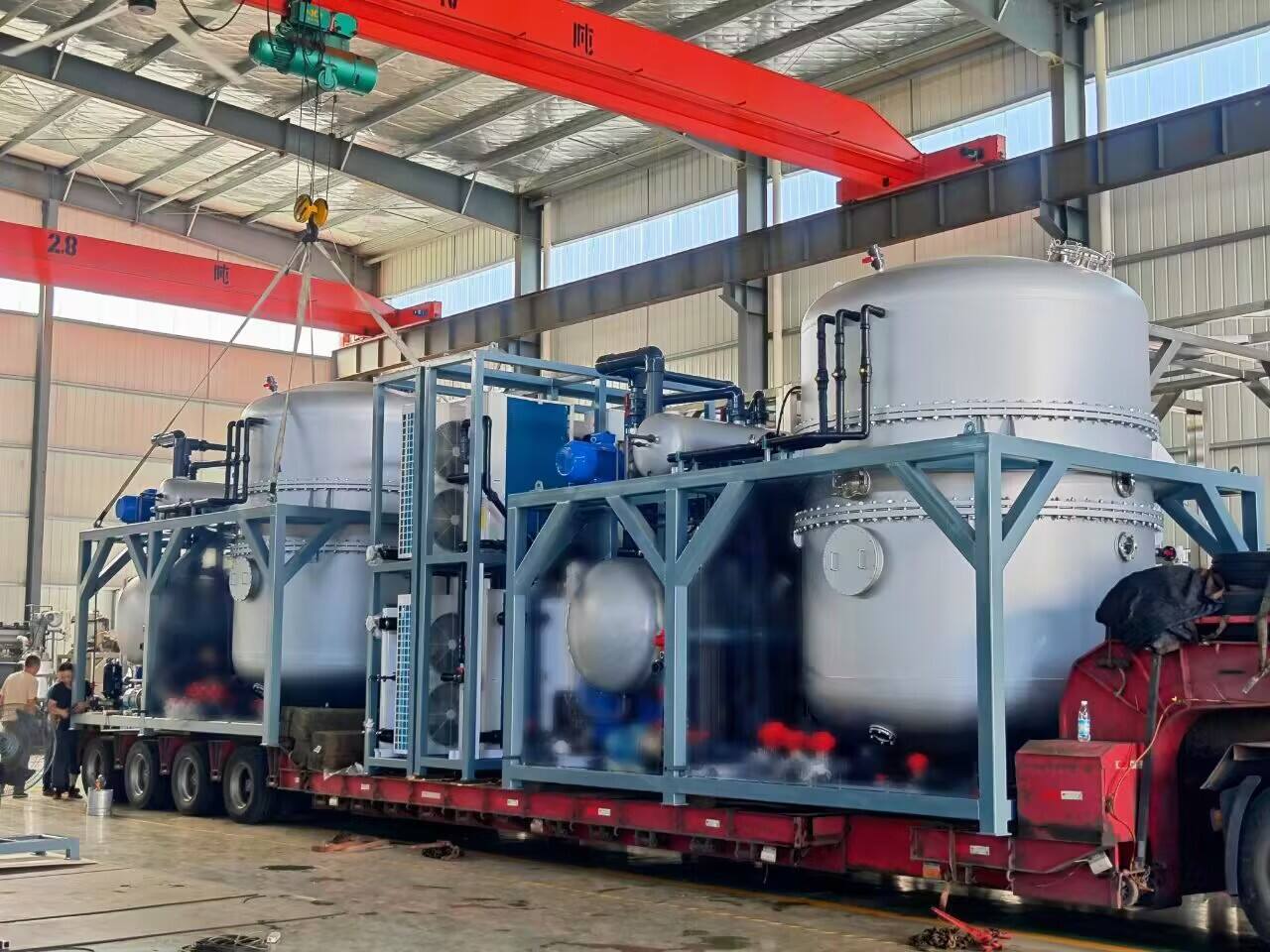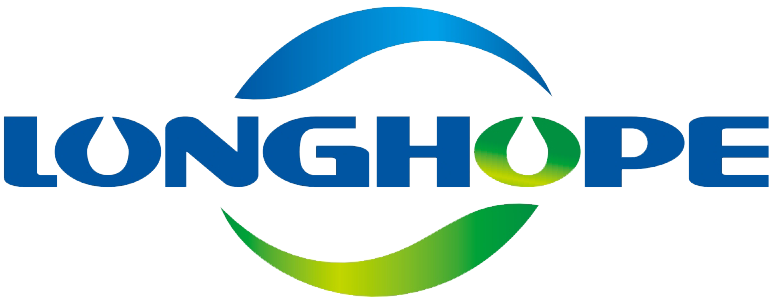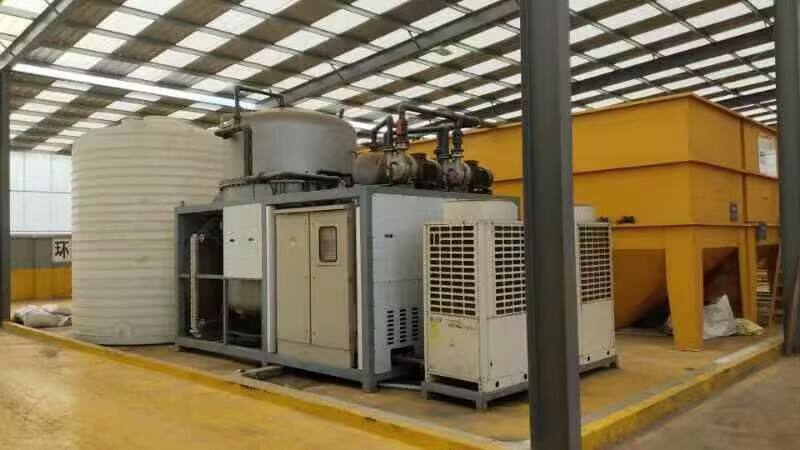Why Vacuum Evaporation Is a Game Changer for Industrial Wastewater
Factories and manufacturing plants face growing demands to handle their wastewater better without hurting the environment or breaking the bank on running costs. Vacuum evaporation systems have become a game changer for many businesses dealing with this exact problem. These systems take dirty water waste and turn it into clean water that can be reused plus leftover materials that need proper disposal. What makes vacuum evaporation stand out isn't just that it treats wastewater but how it helps companies save money in the long run while meeting stricter environmental regulations. From food processing plants to chemical manufacturers, facilities across different sectors are finding that investing in vacuum evaporation pays off both financially and environmentally over time.
How Vacuum Evaporators Work
The Principle of Vacuum-Induced Boiling
Vacuum evaporators work by creating low pressure within a sealed container, which actually brings down the temperature needed for water to boil. Because of this pressure drop, the system can turn water into vapor without needing all that heat we normally associate with boiling. Once the water turns to steam, it gets cooled down again and captured as clean liquid while the remaining stuff stays behind as concentrated residue. This process is pretty efficient for separating out impurities from water sources in industrial settings.
The System Setup
A standard vacuum evaporator setup usually includes four main parts: vacuum chamber, heat exchanger, condenser, and collection tank. All these pieces team up to pull clean water away from stuff we don't want like heavy metals, salt buildup, oil residues, plus various organic pollutants. The actual power source can vary quite a bit depending on what's needed for the job at hand. Some installations run on hot water heating, others go with steam generation, while electric models are becoming increasingly common nowadays. Heat pump technology is also making waves in certain applications where energy efficiency matters most.
Adaptability Across Operations
Vacuum evaporators can be integrated into a wide variety of production setups. Their modular design and automated controls make them adaptable for batch or continuous operations, with capacity ranges suitable for both small-scale operations and large industrial facilities.
Advantages of Using a Vacuum Evaporator
Significant Water Recovery
One of the most compelling benefits of vacuum evaporators is their ability to recover a high percentage of clean water from industrial effluents. Facilities using this technology can often reuse up to 95 percent of treated water for internal processes such as rinsing, cooling, or cleaning.
Reduced Waste Volume
By removing water content from liquid waste, the remaining residue is reduced to a much smaller volume. This minimizes the need for frequent disposal, cutting down on transportation and landfill fees and lowering overall waste management costs.
Lower Energy Consumption
Thanks to the vacuum effect, water boils at a significantly lower temperatureâsometimes as low as 40°C. This reduces the energy demand compared to traditional thermal evaporation, translating into cost savings and reduced carbon footprint.
Broad Contaminant Removal
Vacuum evaporators are effective at separating a wide range of pollutants including salts, acids, alkalis, heavy metals, oils, solvents, and organic compounds. This versatility makes them suitable for complex wastewater streams that are difficult to treat with conventional filtration or biological systems.
Applications Across Industry Sectors
Metal Finishing and Electroplating
These industries generate wastewater containing heavy metals, cyanides, and acids. Vacuum evaporators effectively recover rinse water and reduce the volume of hazardous sludge, making regulatory compliance easier and more cost-effective.
Food and Beverage Manufacturing
In this sector, evaporators help manage high-organic-load wastewater resulting from cleaning processes and product residues. The recovered water can often be reused, while the concentrated organic waste is easier to handle and dispose of.
Chemical and Pharmaceutical Production
Pharmaceutical plants generate wastewater with high concentrations of solvents and active ingredients. Vacuum evaporators isolate these components, preventing them from contaminating the environment and allowing for recovery or safe disposal.
Electronics and Semiconductor Industry
Ultrapure water is a key requirement in electronics manufacturing. Vacuum evaporators are used to recycle water from etching and cleaning processes, maintaining production efficiency while meeting environmental standards.

Operational and Environmental Benefits
Simplified Permitting and Compliance
By significantly reducing the volume and toxicity of wastewater, vacuum evaporators help facilities meet discharge regulations more easily. In some cases, treated water can be reused entirely within the plant, eliminating the need for external discharge permits.
Reduced Chemical Usage
Many traditional treatment methods require extensive chemical dosing to neutralize contaminants. Vacuum evaporation works physically, requiring little or no chemical input, thus lowering chemical procurement and handling risks.
Safer Work Environments
Closed-system evaporation minimizes operator exposure to toxic substances and volatile chemicals. Automation and digital controls further reduce human intervention, enhancing operational safety and reliability.
Choosing the Right Vacuum Evaporator for Your Needs
Consider Wastewater Composition
Different wastewater streams contain varying pollutants. A comprehensive analysis of the contaminants presentâsuch as oil, salt, heavy metals, or volatile organicsâwill help determine the best evaporator design, material compatibility, and pre-treatment requirements.
Capacity and Throughput
Vacuum evaporators come in sizes suitable for small workshops to large manufacturing plants. Choosing the right capacity ensures that the system can handle your daily wastewater volume efficiently without overloading or underutilizing the unit.
Energy Source Compatibility
Depending on energy availability and cost at your facility, you may opt for systems powered by electricity, steam, gas, or renewable sources. Heat pump-based evaporators are particularly energy-efficient and suitable for facilities aiming to reduce operational emissions.
Maintenance and Service Requirements
Modern systems are designed for long-term reliability, but ease of maintenance is still an important factor. Features such as self-cleaning heat exchangers, anti-scaling technologies, and remote diagnostics can significantly reduce downtime and maintenance costs.
Integration and Automation
Smart Control Systems
Many vacuum evaporators now come equipped with programmable logic controllers (PLC) and human-machine interfaces (HMI). These allow operators to monitor temperatures, pressures, flow rates, and energy consumption in real time, ensuring stable and efficient operation.
IoT-Enabled Monitoring
Advanced models can be integrated with cloud-based monitoring tools for remote supervision, predictive maintenance, and data analysis. This is especially valuable in multi-facility operations or when continuous performance tracking is required.
Modular Design and Scalability
Some systems are designed with modular components, allowing businesses to scale up operations as wastewater volumes increase. This future-proofing ensures that capital investment remains viable even as production capacity grows.
Cost Implications and Return on Investment
Upfront and Operating Costs
While vacuum evaporators involve a higher initial investment than basic treatment systems, their operating costs are often lower due to reduced chemical usage and energy-efficient design. Over time, they pay for themselves through water savings, reduced disposal costs, and minimized regulatory fines.
Government Incentives
In many regions, installing high-efficiency water treatment systems qualifies for tax credits, grants, or environmental rebates. These incentives further reduce payback periods and support sustainable development goals.
Long-Term Financial Benefits
The financial benefits extend beyond direct savings. Cleaner production improves corporate reputation, strengthens compliance standing, and may unlock new business opportunities with clients that prioritize sustainability and environmental responsibility.
FAQ
Can vacuum evaporators handle wastewater with high oil or solvent content?
Yes, specialized designs are available for oily or solvent-rich wastewater. Some systems include oil separation modules or solvent recovery units to handle these streams effectively.
How much maintenance does a vacuum evaporator require?
Modern systems are largely automated and require minimal routine maintenance. However, regular inspection of heat exchangers, seals, and vacuum pumps is recommended to maintain efficiency.
Is the distillate from vacuum evaporation safe to reuse?
In many cases, the distillate is clean enough for reuse in industrial processes. Additional polishing (e.g., filtration or disinfection) may be applied depending on the intended use.
What is the typical payback period?
The payback period varies by industry and usage, but most facilities achieve full ROI within 1 to 3 years due to water savings and reduced waste disposal costs.
Table of Contents
- Why Vacuum Evaporation Is a Game Changer for Industrial Wastewater
- How Vacuum Evaporators Work
- Advantages of Using a Vacuum Evaporator
- Applications Across Industry Sectors
- Operational and Environmental Benefits
- Choosing the Right Vacuum Evaporator for Your Needs
- Integration and Automation
- Cost Implications and Return on Investment
- FAQ

